Preventing the pandemic spread of Covid-19, staying at home is the only option. But staying at home with complete social isolation has its own drawback as it led to major boredom. At the same time, we are getting anxious, worried- by watching overhyped news on TV channels, the internet literally everywhere. The world was not prepared with such a pandemic outbreak, and there is a fair chance that the situation might get worse or better. Keeping the hope high, we can mentally prepare ourselves by watching survival movies which teach us how our willpower and determination help us to achieve what we want. Here are some of the survival movies which are quite hopeful plus there VFX have also elevated the artistry quotient:
Interstellar: Interstellar is a 2014 epic science fiction film directed, co-written and co-produced by Christopher Nolan. Set in a dystopian future where humanity is struggling to survive, the film follows a group of astronauts who travel through a wormhole near Saturn in search of a new home for humanity. The movie challenged Double Negative to visualise the un-visualisable: realistic alien worlds, a mathematically accurate black hole, and the Tesseract, a four-dimensional space with time as a physical dimension. The movie was quite challenging as it revealed scientific dimensions and to project it on screen was a challenge for the team. Theoretical physicist Kip Thorne provided the maths, the studio’s artists delivered the visuals, and Hollywood awarded them an Oscar. For many viewers, the most memorable shot from the movie is the depiction of the black hole Gargantua, for which Double Negative needed to show the realistic behaviour of the black hole and a wormhole, right down to the lighting – or lack thereof. For this, Double Negative was lucky to have, in Oliver James, a chief scientist with a first-class degree in physics from the University of Oxford.
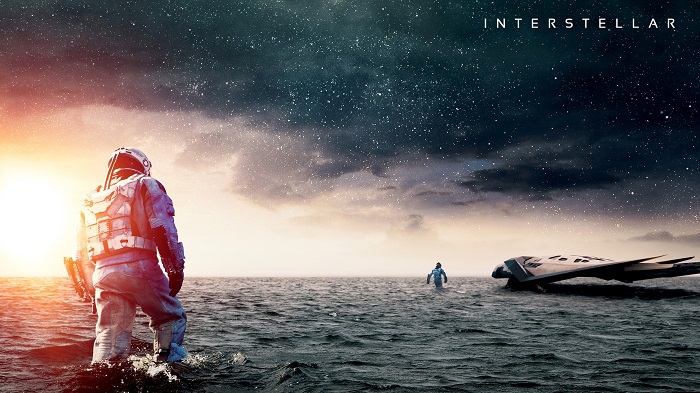
The Martian: The Martian is a 2015 science fiction film directed by Ridley Scott. The Martian, a novel by Andy Weir, served as the screenplay adapted by Drew Goddard. The film depicts an astronaut’s (Matt Damon’s) lone struggle to survive on Mars after being left behind, and efforts to rescue him and bring him home to Earth. The visual effects supervisor Richard Stammers who had also worked with Ridley Scott on Prometheus, would adopt several techniques on-set and in the post to get through the effects work efficiently but without compromising the results. These included relying on tablet AR tools and techvis and simulcam solutions for virtual production during the shoot, an approach Scott had not utilized before. GoPro footage, used to capture close-in action that would normally be hard to achieve, would also form key final shots in the film alongside the primary native stereo RED camera footage. Principal vendor MPC developed a special compositing tool to quickly deal with the blue skies of Jordan and turn them into the appropriate Mars landscapes. And Framestore capitalized on its Gravity experience to deliver photoreal CG spacecraft and characters. MPC handled Mars surface shots, Framestore worked on the space sequences and The Senate was responsible for NASA scenes and earth-bound shots. Previs was delivered by Argon, with The Third Floor contributing techvis and simulcam solutions.
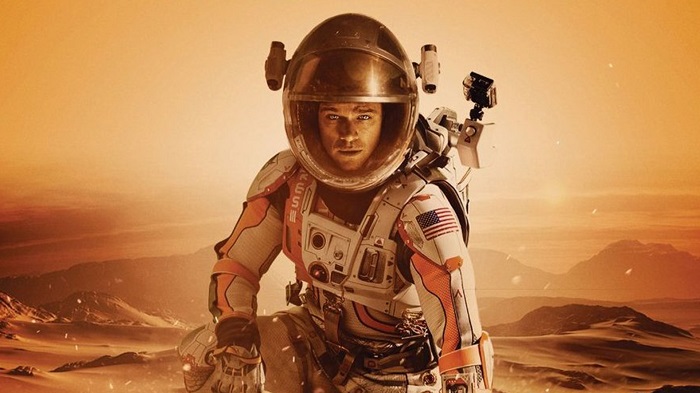
World War Z: World War Z is a 2013 American apocalyptic action horror film directed by Marc Forster. The movie stars Brad Pitt as Gerry Lane, a former United Nations investigator who must travel the world to find a way to stop a zombie pandemic packed with drama and action which is bit relatable to the current situation. Lead by MPC VFX Supervisor Jessica Norman, MPC’s team completed more than 450 shots, under the guidance of Scott Farrar, the Production VFX Supervisor. MPC’s main areas of work were creating the Zombie hordes in Jerusalem, the plane crash sequence, the Wales Sequence, and the epilogue. MPC used massive crowd simulations and hand animation to create the devastating swarming of Jerusalem by a zombie horde. Michele Sciolette, Head of VFX Technology at Cinesite in Soho at Siggraph also shared how they have been using ftrack with NUKEX at their facility. Michele demonstrates how they put NUKE & ftrack through its paces on World War Z.
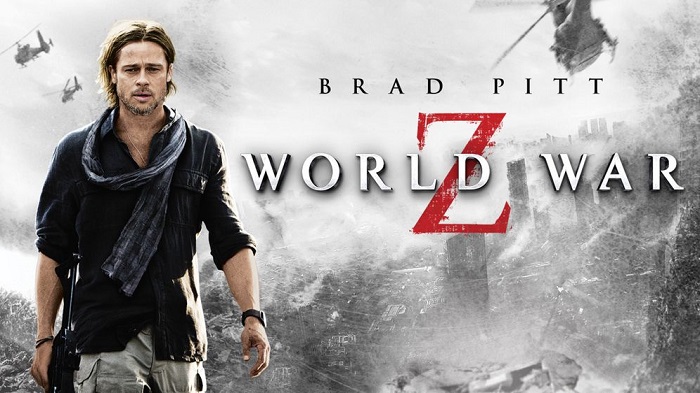
Into the Storm: Into the Storm is a 2014 American found footage disaster film directed by Steven Quale, shows a meteorological disaster film about a rash of tornadoes striking the fictional town of Silverton, Oklahoma. The visual effects are provided by Digital Domain, Moving Picture Company, Cinesite, Method Studios, Prime Focus World, Scanline VFX and The Third Floor, Inc. and Supervised by Jay Barton, Guillaume Rocheron, Simon Stanley-Clamp, Nordin Rahhali, Bruce Woloshyn, Randy Goux, Chad Wiebe, Shawn Hull and Tracy L. Kettler with help from Hydraulx and Rhythm and Hues Studios. There are a number of sequences which were challenging tasks for the team as it included wind stimulation. The climactic tornado is so immense that it decimates not just stands of trees, but entire forests. Simulating the wind’s effects on such large areas of foliage proved a time-consuming challenge. The team developed the Houdini-based system that allowed them to work on the trees as lightweight skeletal wireframes. They ran simulations on those, then applied the resulting deformations to the full tree models as a post-process. This allowed iterating simulations on vast numbers of trees relatively quickly. Also for the scene where cataclysmic winds tear into the school, the buildings are systematically torn apart was modelled with structural detail that the real school would have been built with. They used the reference to smaller buildings being destroyed by extreme weather to understand what features would be visible as it has broken apart: the internal wooden frame, drywall, bricks, air ducts and so on. All these elements became pieces in a Houdini DOPs simulation.
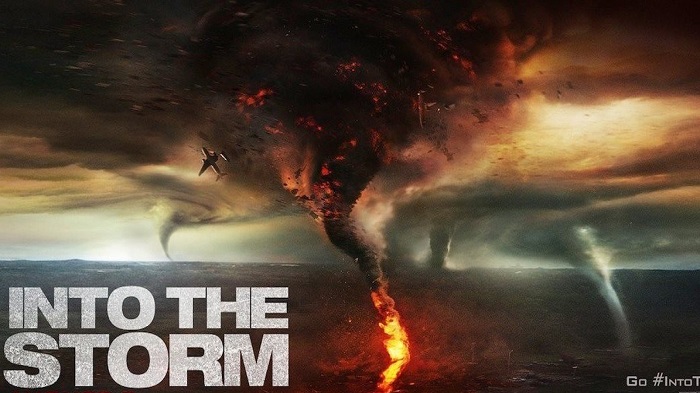
Pacific Rim: Pacific Rim is a 2013 American science-fiction monster film directed by Guillermo del Toro. The film is set in the future when Earth is at war with the Kaiju, colossal sea monsters that have emerged from an interdimensional portal on the bottom of the Pacific Ocean. To combat the monsters, humanity unites to create the Jaegers, gigantic humanoid mechas, each controlled by two co-pilots whose minds are joined by a mental link. Focusing on the war’s later days, the story follows Raleigh Becket, a washed-up Jaeger pilot called out of retirement and teamed with rookie pilot Mako Mori as part of a last-ditch effort to defeat the Kaiju. For the work, del Toro assembled a ‘dream team’ of concept designers, including veteran sci-fi artist Wayne Barlowe, also commissioning maquettes of all the major Kaiju (the sea monsters) and Jaeger (the humanoid war machines) from practical effects firm Spectral Motion. Industrial Light & Magic led the CG work, along with supporting facilities including Ghost FX, Hybride, Rodeo FX and Base FX. According to ILM animation supervisor, Hal Hickel Jaegers Gipsy Danger and Striker Eureka took a lot of time, because they have the most screen time and the most actions. They focused on how the shoulders and hips would work and how all the mechanisms would fit together. Along the way, they adjusted proportions and other things [based on] Guillermo’s input and then moved them and see how they looked like in various poses. They focused on how all the mechanisms would fit together.
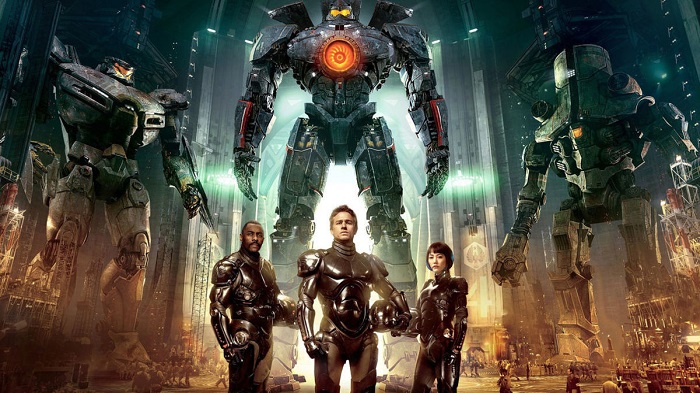
Resident Evil: Resident Evil is an action horror science fiction film series loosely based on the Capcom survival horror video game series of the same name. The films follow Alice, a character created for the films, who was a former security specialist and covert operative who battles the Umbrella Corporation, whose bioweapons have triggered a zombie apocalypse. Producers Paul W.S. Anderson and Jeremy Bolt selected Alison OBrien to both supervise and produce the visual effects. Framestore CFC former head of VFX and director of production she had overseen the production of the visual effects of Event Horizon for the two partners. She soon found out that the new assignment was going to put her management skills to the test and they had about 500 shots to do, although 444 are in the final cut, OBrien says. This was a rather large-scale project involving creature animation, CGI, crowd duplication and complex miniature set-ups. “However, I was not allowed to pick up the facilities that I wanted to work with. Since this was an English/Canadian co-production shot in Toronto, there were tax incentives that required the effects work to be done exclusively in the Ontario State. This was an enormous challenge for me as I was not familiar with the companies there. I had to evaluate their capacity, their availability and their experience. With such a restraint and given the complexity of the project, I was actually very worried in the beginning. I knew it would take a huge amount of creative, technical, budget and deadline management to make it work,” she said.
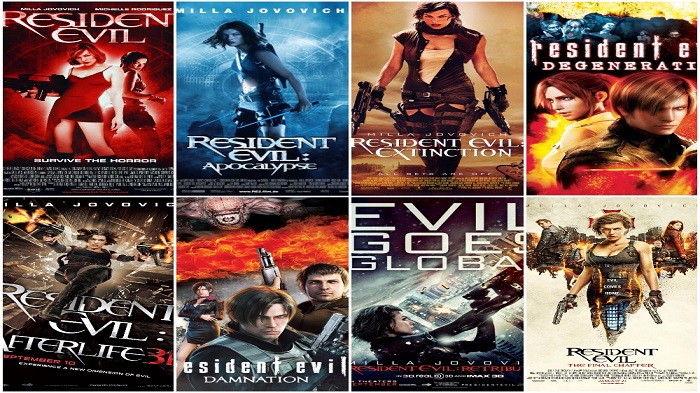
Avatar: Avatar is a 2009 American epic science fiction film directed, written, produced, and co-edited by James Cameron . The film is set in the mid-22nd century when humans are colonizing Pandora, a lush habitable moon of a gas giant in the Alpha Centauri star system, in order to mine the mineral unobtanium, a room-temperature superconductor. The expansion of the mining colony threatens the continued existence of a local tribe of Na’vi – a humanoid species indigenous to Pandora. The film’s title refers to a genetically engineered Na’vi body operated from the brain of a remotely located human that is used to interact with the natives of Pandora. Avatar wasn’t just a film, but a whole new, fantastical CG world – and the level of detail was astonishing. “James Cameron and his team spent a lot of time designing the horticulture of the environment. There are very detailed and very exotic plants, many modelled by hand. Most of them were executed at fairly high detail. Larger trees had up to 1.2 million polygons,” says Weta Digital VFX supervisor Dan Lemmon, which created over 1,800 effects shots for the movie. The mammoth effort that Weta put into resolving technical problems paid off: it became the highest-grossing film of all time and changed the industry’s view of stereoscopic 3D overnight.
![]()
Life of Pi: Life of Pi is a 2012 adventure drama film based on Yann Martel’s 2001 novel of the same name. Directed by Ang Lee, the film revolves around an Indian man named “Pi” Patel, telling a novelist about his life story, and how at 16 he survives a shipwreck and is adrift in the Pacific Ocean on a lifeboat with a Bengal tiger. The lead visual effects company for Life of Pi was Rhythm & Hues Studios (R&H). 3D effects for the film were created by a team of R&H artists in Los Angeles, Mumbai, Hyderabad, Kuala Lumpur, Vancouver and Kaohsiung. Every shot was artistic exploration, to make the ocean a character and make it interesting they had to strive to make it as visually stunning as possible. Rhythm & Hues spent a year on research and development, building upon its already vast knowledge of CG animation” to develop the tiger. The integrated animals in different situations and environments, pushed for more to understand how all of it can blend both visually and dramatically was one of the crucial task.
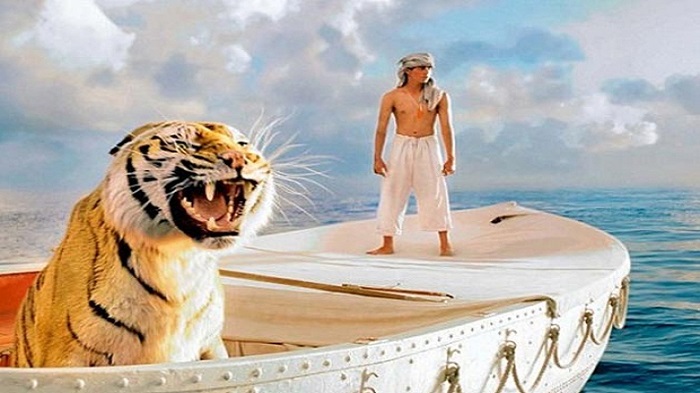
Into the Wild: Into the Wild is a 2007 American biographical adventure drama film written, co-produced, and directed by Sean Penn. It is an adaptation of the book of the same name written by Jon Krakauer and tells the story of Christopher McCandless, a man who hiked across North America into the Alaskan wilderness in the early 1990s. It showed the survival struggles of the man and how he copes up with the wilderness was quite inspiring. Entity FX was brought on Into the Wild originally just to handle the flash flood sequence, but in the end they handled all the film’s seamless visual effects (over 100). Some of the effects were relatively straightforward matte paintings, sky replacements and hair and make-up fixes, while others were more challenging than they ever expected, partly due to the fact that some weren’t planned as effects shots during the shoot or effects-heavy shots that needed to be done shooting on location to maintain the authenticity of the film, something director Sean Penn was “extremely, extremely concerned about,” relates Entity VFX supervisor/lead compositor and compositor on Into the Wild Eli Jarra.
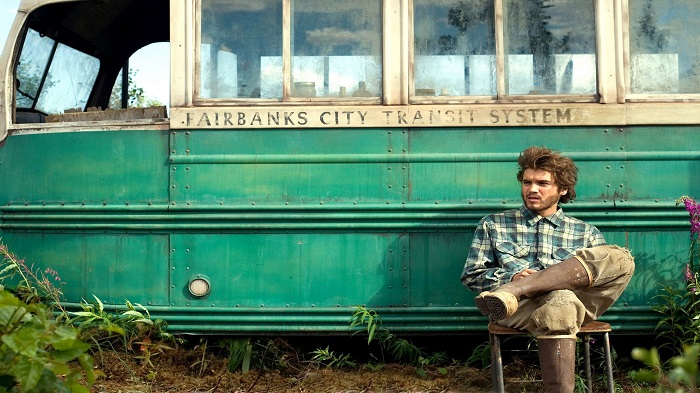
Contagion : Contagion is a 2011 American action thriller film directed by Steven Soderbergh. The plot concerns the spread of a virus transmitted by fomites, attempts by medical researchers and public health officials to identify and contain the disease, the loss of social order in a pandemic, and finally the introduction of a vaccine to halt its spread. To follow several interacting plot lines, the film makes use of the multi-narrative “hyperlink cinema” style, popularized in several of Soderbergh’s films. VFX supervisor Tom Smith has worked with director Steven Soderbergh on and off since The Limey. And when it comes to VFX, he says that Soderbergh understands its importance and pays attention to detail. Contagion, of course, was all about detail. It had to be: it was a frightening scientific procedural about understanding and containing a mysterious virus that’s unleashed on the world like the Black Plague. It’s gritty and was shot with the Red digital camera; however, exotic shots of Hong Kong in flashback look opulent. when it came to VFX, there were targeted areas, including matte paintings of Chicago, enhancement of an incident in Hong Kong and, most crucially, some animation involving the MacGuffin.


